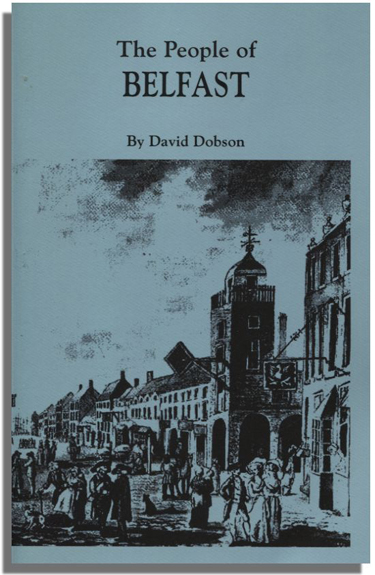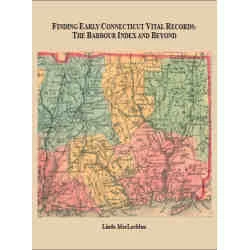Description
Belfast lies at the head of Belfast Lough. In the medieval period it was a settlement lying within the jurisdiction of the Earl of Ulster known as Beal Feirste, which is Irish Gaelic signifying “the mouth of the sandy ford.”
The transformation of Belfast from a small village to a significant city began when it was granted a Royal Charter in 1613, thereby making it semi-autonomous and allowing economic expansion to occur. At that date the population is reckoned to have been around 1,000. It was largely during the period of the Plantation of Ulster, ordered by King James I [VI of Scotland] in the early 17th century, that the indigenous Catholic Irish population saw the arrival of Presbyterian Scots and Anglican English and Manxmen. Huguenots fleeing from oppression in France were later arrivals. Emigration from Ulster to America through the port of Belfast grew in size during the 18th century, the emigrants consisting mainly of Protestants availing themselves of space on merchant ships belonging to Belfast merchants.
Two centuries after the granting of the Royal Charter the population had expanded to around 22,000. Belfast developed trading links with Scotland, England, France, and Spain at an early date, and with the West Indies and the American Colonies in the late 17th century. It exported local agricultural produce, such as beef, butter, and hides. Its imports included coal, fruit, wine, sugar, and tobacco. Flax seed from Philadelphia and New York was another import, and the resulting flax became the raw material for the production of valuable Irish linen cloth–the manufacture of which, though produced in Ireland for a millennium, was greatly enhanced in quality by Huguenot skills.
This book from Dr. David Dobson identifies residents of Belfast living during the 17th and 18th centuries, and is based mainly on primary sources in Ireland, Scotland, England, and elsewhere. Researchers will find a list of those sources at the back of the volume.





Reviews
There are no reviews yet.